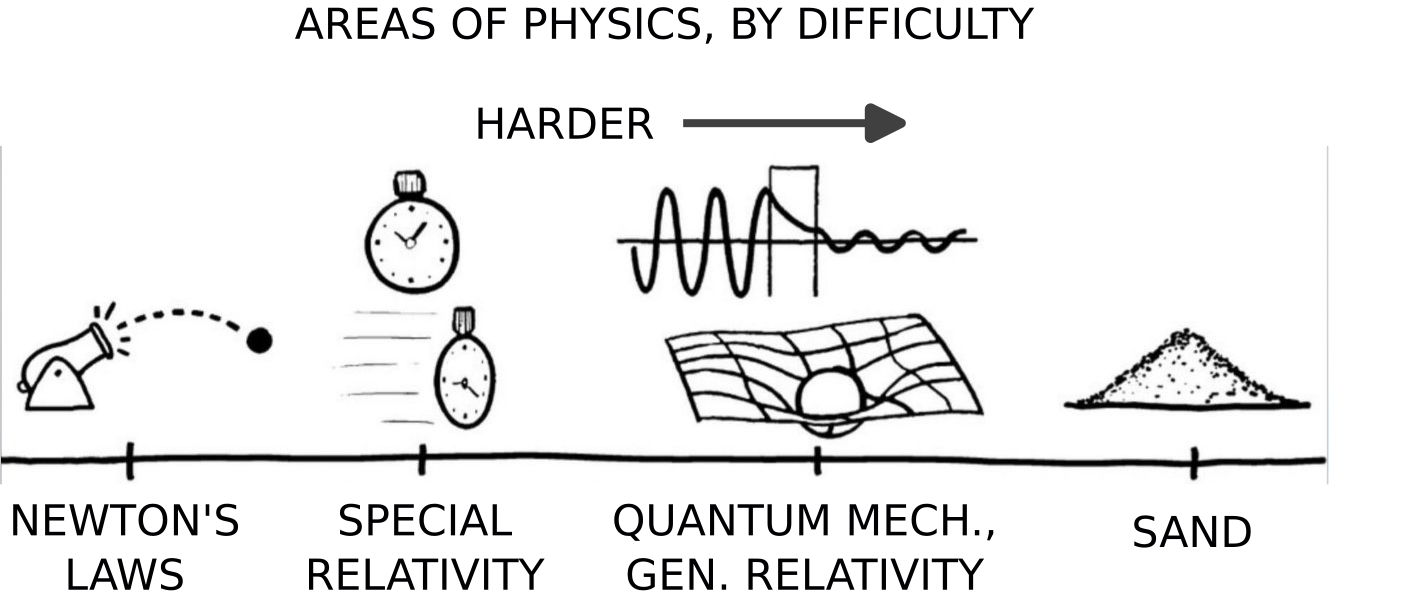Research Interests
For more details, please check out the projects I am/have been involved in.
Overview
I work in theoretical condensed matter physics, more specifically on strongly correlated fermionic systems. Strong correlation refers to interaction that cannot be expressed purely in terms of single-particle scattering. One of the most popular mathematical models of strong electronic correlation is the Hubbard model - it consists of electrons hopping across a lattice, but each site has a repulsion term that makes it energetically costly for the site to be doubly occupied. This roughly means that each electron will be able to “feel” the presence of other electrons.
The fact that the electrons have to account for the presence of the other electrons is what makes this a complicated many-body problem - its not possible to solve for a single electron without also considering the effect of all the other electrons. I am a part of the Emergent Phenomena and Quantum Matter (EPQM) group. The group’s work involves studying quantum models of correlation and obtaining novel emergent states of matter. The models that have been studied involve quantum magnetism, strong correlation, impurity physics, superconductivity, and others. Other topics of research in the group involve studying the nature of entanglement in gapped (topologically ordered) as well gapless states of matter.
Specific research interests
-
Quantum impurity models and phase transitions within them, with particular emphasis on universal behaviour near Kondo screening breakdown, and non-Fermi liquid behaviour about such points.
-
Using auxiliary models for studying emergence in lattice models of strong-correlation, like the periodic Anderson and Kondo models as well as Hubbard-like models, focusing on metal-insulator transitions arising out of repulsion.
-
Studying the topological properties of gapless systems, as well as their entanglement. Interested in connections to holography arising out of such considerations. Also interested in identical questions that can arise in topologically active systems as well.
-
Quantum hall systems and other topologically active states of matter, from a microscopic viewpoint.
-
Renormalisation group in the context of optimization problems. Using particular renormalisation group method(s) to classify microscopic models based on behaviour of quantum fluctuations.

Master’s thesis work
A short abstract of my master’s research work and the thesis itself can be found here. I studied an extended Anderson impurity model using an analytical non-perturbative renormalisation group method.
Informal write-ups
By going to this page (internal link), you can find some informal documents/write-ups/notes I have prepared on various topics while learning them, either for courses I was attending or for my tutor assistantships. They might be helpful as very quick introductions or as an opinionated conglomeration of the ideas of certain topics.